Severe Weather Patterns
The aircraft de-icing market is significantly influenced by the increasing frequency of severe winter weather events across the United States. Meteorological data suggests that extreme weather conditions, including heavy snowfall and ice storms, are becoming more prevalent. This trend necessitates the use of effective de-icing solutions to ensure aircraft safety and operational reliability. In 2025, the National Oceanic and Atmospheric Administration (NOAA) reported that regions such as the Northeast and Midwest are experiencing harsher winters, leading to a heightened demand for de-icing services. Airlines must adapt to these changing weather patterns, which in turn drives the growth of the aircraft de-icing market as they seek to mitigate delays and enhance safety protocols.
Increased Air Traffic Demand
The aircraft de-icing market experiences growth driven by the rising demand for air travel in the United States. As more passengers opt for air travel, airlines are compelled to enhance their operational efficiency, particularly during winter months when de-icing is critical. In 2025, the Federal Aviation Administration (FAA) projects a 3.5% increase in air traffic, necessitating effective de-icing solutions to ensure safety and minimize delays. This surge in air traffic directly correlates with the need for advanced de-icing technologies and materials, thereby propelling the aircraft de-icing market forward. Airlines are increasingly investing in de-icing equipment and fluids to maintain schedules and enhance passenger safety, indicating a robust growth trajectory for the industry.
Safety Regulations and Standards
The aircraft de-icing market is shaped by stringent safety regulations and standards imposed by aviation authorities in the United States. The FAA mandates that airlines adhere to specific de-icing protocols to ensure the safety of flights during winter operations. Compliance with these regulations often requires airlines to invest in advanced de-icing technologies and training for personnel. In 2025, the FAA continues to emphasize the importance of effective de-icing practices, which has led to an increased focus on the development of safer and more efficient de-icing fluids. This regulatory environment fosters innovation within the aircraft de-icing market, as companies strive to meet compliance requirements while enhancing operational efficiency.
Expansion of Airport Infrastructure
The aircraft de-icing market is positively impacted by the expansion of airport infrastructure across the United States. As airports upgrade their facilities to accommodate increasing passenger volumes, there is a corresponding need for enhanced de-icing capabilities. In 2025, several major airports are undergoing renovations and expansions, which include the installation of advanced de-icing systems. This infrastructure development not only improves operational efficiency but also ensures compliance with safety regulations. The investment in de-icing technologies at airports is indicative of a broader trend towards modernization in the aviation sector, thereby driving growth in the aircraft de-icing market as airlines seek to optimize their operations and enhance safety during winter months.
Technological Innovations in De-Icing Solutions
Ongoing technological innovations are enhancing the efficiency and effectiveness of de-icing solutions in the aircraft de-icing market.. Companies are increasingly investing in research and development to create advanced de-icing fluids and equipment that minimize environmental impact while maximizing performance. In 2025, the market witnesses a shift towards bio-based de-icing fluids, which are gaining traction due to their lower toxicity and environmental footprint. These innovations not only improve safety and operational efficiency but also align with the growing demand for sustainable practices in the aviation industry. As airlines adopt these new technologies, the aircraft de-icing market is likely to experience substantial growth, driven by the need for more effective and eco-friendly solutions.


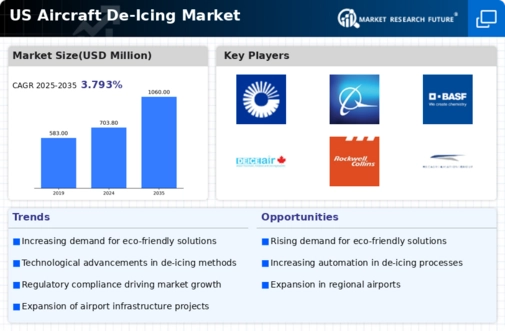
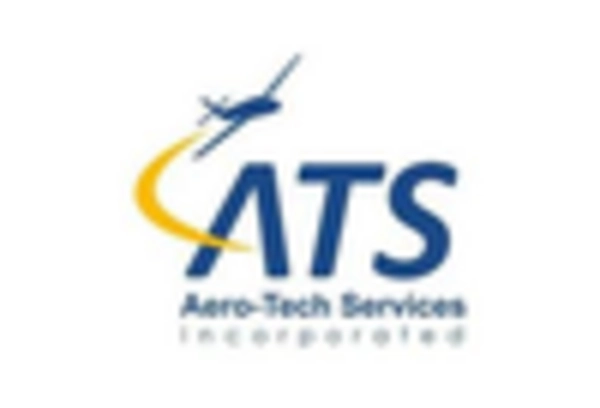
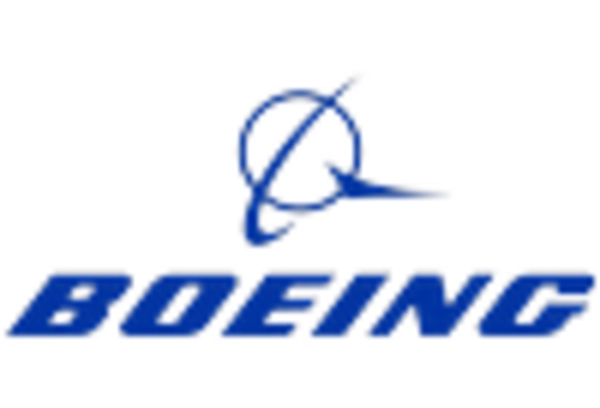
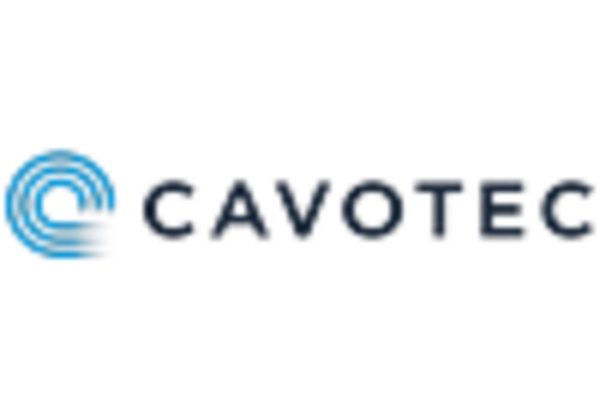
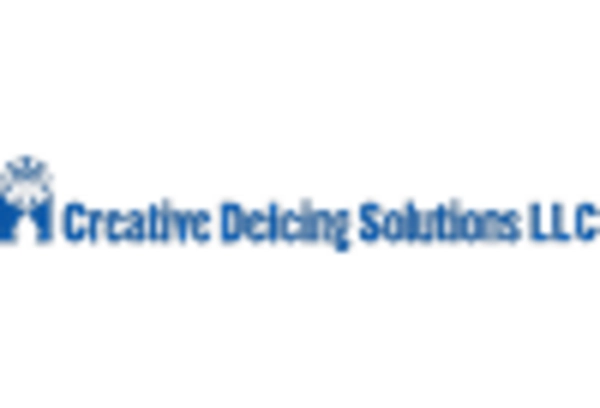
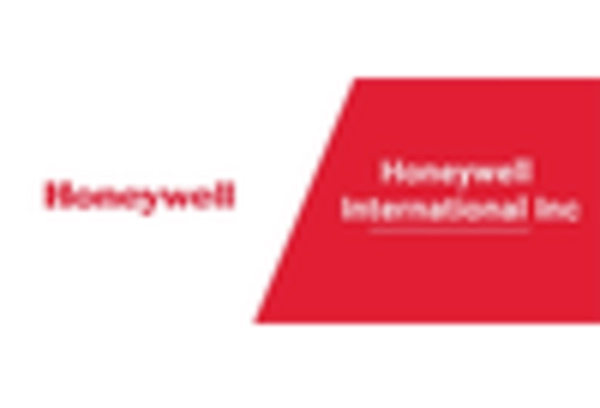
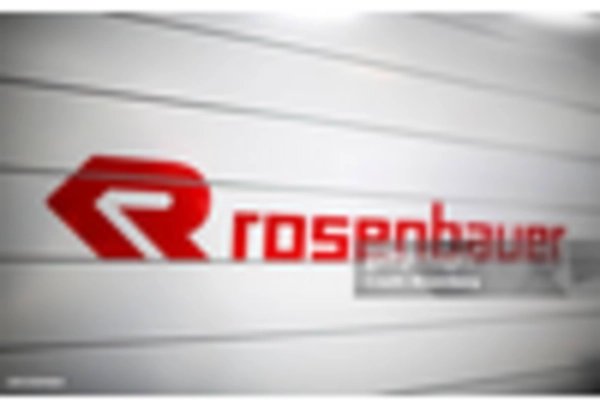








Leave a Comment